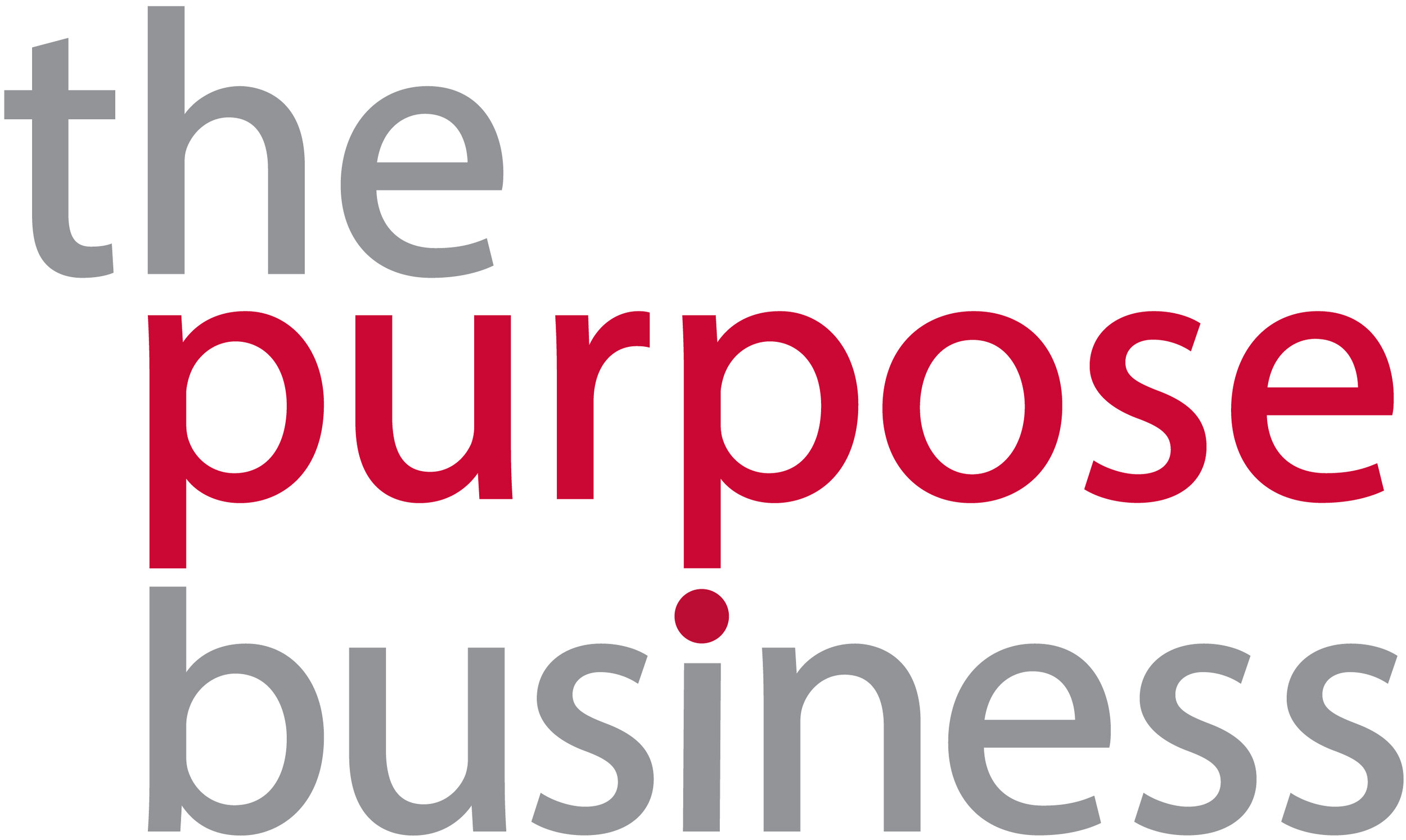Future-ready businesses for 2018 and beyond
As we hit the ground running in 2018, many of us will have been thinking about, or have already made New Year resolutions. These goals serve to keep us focussed and help us to make changes for the coming year.
In a similar vain, most businesses also plan ahead to ensure their strategies are still relevant, risks up to date, and working capitals sufficient to meet the demands of a competitive environment. But how far into the future do businesses think about? How far into the future should they think about?
The time horizon will be different for each business, and is likely to depend on a number of factors such as their industry, size and organisational culture. For example companies in the oil exploration or aviation sectors have huge capital expenditure and are more likely to think relatively long-term – usually at least 10 but for some even 50 years or more. At the other end of the spectrum, start-ups and small businesses are focussed on their burn rates in the coming weeks and months.
But businesses are facing more uncertainty in a complex and rapidly-changing world, one that is becoming increasingly impacted by disruptive forces. These are not only new technologies and business models, but also the pronounced effects of long-term risks such as climate change. While forecasting cashflows and planning operations for the coming year or two are the norm, thinking about the long-term future – in 10, 30, 50 years time – is generally not a routine task, and often not easy to do. Our brains are simply not trained or used to it. Yet if we wish to continue to survive and thrive, we will have to start thinking and strategizing on this time horizon – and do it more frequently. Such a way of thinking or practice is called futures thinking, or strategic foresight.
Historically the use of futures thinking has been confined to national planning by governments and in the private sector, only a few corporations. Royal Dutch Shell is one of the most prominent examples, who first used future scenarios in the 1970s. But this is rapidly changing, particularly in the context of how risks associated with climate change – which has long term effects and far-reaching impacts – translate to financial risks.
In 2015, the Financial Stability Board (FSB), chaired by Mark Carney, Governor of the Bank of England, set up the Task Force on Climate-related Financial Disclosures (TCFD) to investigate how businesses can identify and communicate their climate-related risks to the financial sector. This in turn would allow investors, lenders and insurance providers be better informed when making financial decisions. This industry-led Task Force published its final set of recommendations in June 2017, and one of the key recommendations is that businesses should conduct a range of climate-related scenario analyses as part of its strategic planning. Under a business as usual scenario, Asia is expected to suffer US$52 billion of losses by 2050 to flooding alone. Planning for different (climate) scenarios is therefore vital for the future success of Asian businesses.
But whilst scenario analysis for a business like Shell can seem like a complex task, it need not be so daunting for those who want to do it for the first time. Since most businesses already think about their strategies, risks and opportunities on a regular basis, these are often a good starting point.
In general, a number of methodologies exist inside the futures thinking toolbox that helps users practice long-term thinking in a structured way, with scenario analysis being one of them. Although different methodologies will have different focus areas, broadly speaking the steps to conduct a futures analysis include:
Exploring what future scenarios we want to construct, and how to construct them. How conservative or fantastical they are will partly depend on the purpose of conducting the futures exercise
Analysing what the scenarios look like in more detail, such as the broad environment as well as the business’ own industry/sector, and other factors
Understanding how the scenarios impact the business – costs, operations, customers and so on – whilst recognising assumptions and sensitivities
Formulating strategic interventions to respond, and ensure these are integrated to the business’ strategy plan and risk management
Implementing the strategy, obtain feedback, review and refine on a periodic basis
As investors and lenders alike become more rigorous with analysing long term risks such as climate change, businesses too will come under increasing pressure to analyse, understand and disclose their exposure to these risks, now and into the future.
Apart from getting on the front foot with investors, starting the process of futures thinking / scenario analysis now will also help businesses find those pockets of risks and opportunities that may not be obvious today.










